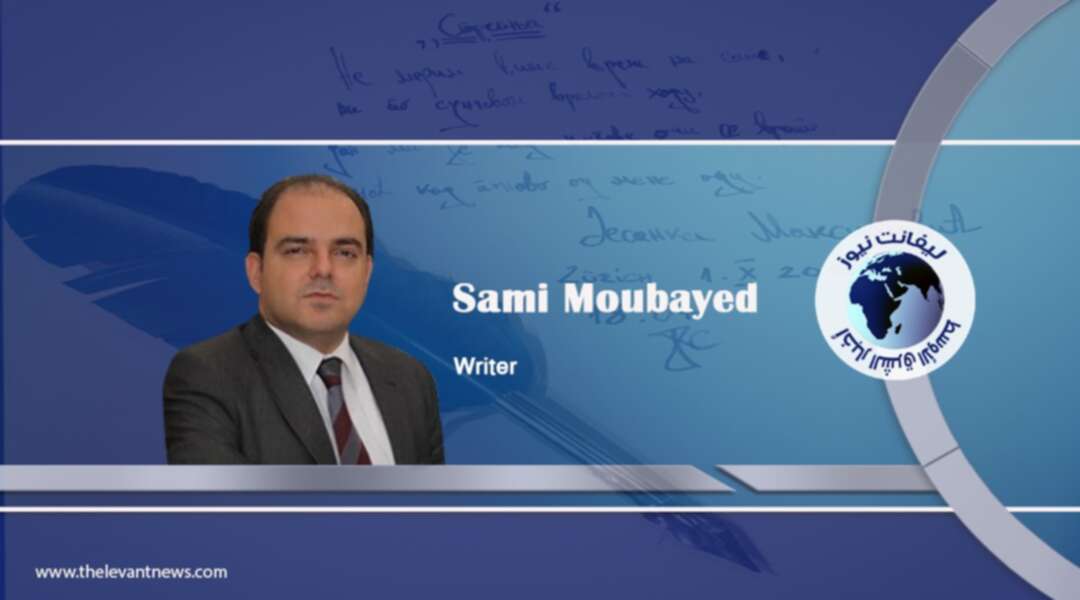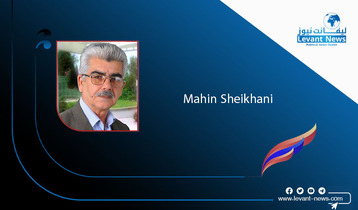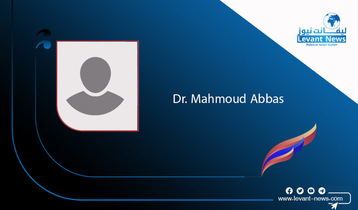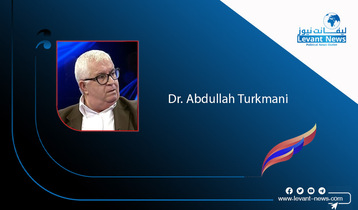-
The rebirth of Palestinian Islamic Jihad

Days after the ceasefire was announced in Gaza on 21 May, Commander of the Quds Force Esmail Ghaani sent a letter to Akram Ajouri, a member of Palestinian Islamic Jihad (PIJ)’s nine-man command. He also got on the phone with Ziad Nakhaleh, the secretary-general of PIJ, showering him with praise for his role in latest round of conflict. Some analysts are pointing to those correspondences, saying that they signal a chance of heart in Tehran, which they claim is now viewing PIJ as equal to Hamas, rather than subordinate. That analysis is flawed, however, and politically incorrect. Since its inception back in the early 1980s, PIJ has always been far closer to Iran than Hamas. In fact, it had two friends only, being Iran and Syria, unlike Hamas, which remains is on excellent terms with countries like Qatar and Turkey, and good terms with Russia, China, Malaysia, and South Africa.
The Nasser/Khomeini Influence
For many years, few have paid close attention to PIJ. The lion’s share of research and media attention has always gone to Hamas, which stood out as the most aggressive of Palestinian groups since the 1980s. Islamic Jihad was often mentioned in appendix, or as a footnote, to Hamas, and thus few knew much about the organization. To better understand the group, we need to go back to its founders, Fathi al-Shaqaqi and Abdulaziz Awda, two former members of the Muslim Brotherhood (MB) who were exiled from Egypt to Gaza after the 1981 assassination of President Anwar al-Sadat. Shaqaqi was a most unusual leader, inspired mutually by Gamal Abdul Nasser and Ayatollah Khomeini—two figures who stood on opposite ends of the political spectrum of world history. He was also inspired by the Brotherhood founder Imam Hasan al-Banna—another fierce opponent of Nasser—until his defection from the Brotherhood in 1979.
In 1988, PIJ leaders were once again exiled, this time to Lebanon, where they reached out to Iran and were trained by Hezbollah. They shared a common ideology with Hezbollah, refusing the 1993 Oslo Peace Accords and accepting nothing less than pre-1948 Mandatory Palestine. Their first recorded operation was in August 1987 with the killing of the Israeli military police captain in Gaza, months before the first intifada, followed in 1989 by an attack on a bus commuting between Tel Aviv and Jerusalem, killing 16 people. A handful of successful operations followed, which put PIJ on Israel’s hit list, leading to the 1995 assassination of Fathi al-Shaqaqi in Malta. A three-way siege was laid to group, led on one front by Hamas, which originally viewed them as Brotherhood defectors, by Yasser Arafat and the Palestinian Liberation Organization (PLO), and of course, by Israel.
The era of Ramadan Shalah (1995-2018)
After Shaqaqi’s death he was replaced by Ramadan Shalah, another peculiar figure in Palestinian military history. With a PhD in banking and economics from the University of Durham and a brief teaching career at the University of South Florida, Shalah was a fiery orator and popular figure both in Palestine and beyond. During his leadership of PIJ Shalah helped both improve the group’s image in the Arab World and successfully increased funding from Iran. Meanwhile, he staged operation after operation within Israel, striking at a Tel Aviv shopping mall (March 1996), a bus headed from Jerusalem to Nazareth (March 2002), and a Haifa restaurant (October 2003).
PIJ in 2018-2021
Shalah’s illness was a heavy blow to PIJ, leaving the organization both headless and heartless. His successor, Ziad Nakhaleh (aka Abu Tarek) had none of his educational merits and was soft spoken, mild, and rather uncharismatic. Although having spent 14-years in Israeli prisons, and having served on PIJ’s Shura Council, he didn’t score well in comparison to Hamas’ new leadership, embodied by fiery nationalists like Yehya al-Sinwar and Mohammad Deif. Under the first two years of his leadership, PIJ sunk into obscurity, remembered as a military group that used to be active in the Palestinian underground, like the now mostly dysfunctional Democratic Front for the Liberation of Palestine (DFLP). As PIJ slipped from the limelight, Hamas was adjusting to the new world order, accepting conditional truce with Israel, while cuddling up to Qatar and Turkey.
Meanwhile, Iran was putting plenty of effort into reviving PIJ. That was evident from the latest conflict, when Islamic Jihad fired what some estimate as half of the 4,350 rockets that landed in Israel. Ten days after the ceasefire was announced, it staged a big parade in Gaza, showing off its rockets to the Palestinian Street. It is now poised to play a much larger role in Palestinian domestics, threatening the very same group that had brought it back to the limelight: Hamas. Unlike Hamas, PIJ has not served in government. Meaning, it shoulders no responsibility for years of corruption and bad government. According to Michael Horowitz, head of intelligence at Le Beck, an international security consultancy firm: “Hamas and PIJ still have around two-third of the total number of rockets they had at the start of the Israeli operation. This means that they may still have up to 17,000 rockets between the both of them, when compared to the 4,350 rockets that were fired during the 11-day conflict.” Some intelligence groups claim that PIJ has up to 8,000 rockets, all-short range, and many being primitive, handmade in Gaza. With Iranian, that can change quickly.
Its setbacks are numerous, however, prime of which is that five of its nine-man command are based outside of Gaza, unlike Hamas, whose top leaders resides inside Palestine. Another setback are internal divisions within PIJ, which although currently on the backburner, might surface in the not-to-distant future, as the group embarks on a new chapter in its history. Most Palestinians consider PIJ as partners in the Gaza “victory” and thus, eligible to play a stronger role in Palestinian affairs. They had originally announced that they would not be participating in the parliamentary elections that were due for this year (which have since been postponed by President Mahmud Abbas). If that position changes and they do run for office, there is a high chance that they might defeat Hamas—or at least, pose a real threat to its current leadership, especially in Gaza. That certainly won’t please men like Sinwar and Deif, who will try to clip PIJ’s wings, possibly by fanning tension within its leadership. It’s an open secret in Gaza PIJ leader Mohammad al-Hindi sees himself as more worthy of leadership than Ziad Nakhaleh. Hindi currently serves as deputy secretary-general, having nominated himself for the top job back in September 2018, coming in third after Nakhaleh and Akram Ajouri. Hamas very might invest in that tension, using it to break what seems like a united command.
All of that remains speculation, however, at least for now. The only solid fact is that Islamic Jihad is back and more powerful than ever. That is a hard reality that all stakeholders, Hamas and Israel included, will have to accept, digest, and deal with.
by: Sami Moubayed

You May Also Like
Popular Posts
Caricature
BENEFIT Sponsors BuildHer...
- April 23, 2025
BENEFIT, the Kingdom’s innovator and leading company in Fintech and electronic financial transactions service, has sponsored the BuildHer CityHack 2025 Hackathon, a two-day event spearheaded by the College of Engineering and Technology at the Royal University for Women (RUW).
Aimed at secondary school students, the event brought together a distinguished group of academic professionals and technology experts to mentor and inspire young participants.
More than 100 high school students from across the Kingdom of Bahrain took part in the hackathon, which featured an intensive programme of training workshops and hands-on sessions. These activities were tailored to enhance participants’ critical thinking, collaborative problem-solving, and team-building capabilities, while also encouraging the development of practical and sustainable solutions to contemporary challenges using modern technological tools.
BENEFIT’s Chief Executive Mr. Abdulwahed AlJanahi, commented: “Our support for this educational hackathon reflects our long-term strategic vision to nurture the talents of emerging national youth and empower the next generation of accomplished female leaders in technology. By fostering creativity and innovation, we aim to contribute meaningfully to Bahrain’s comprehensive development goals and align with the aspirations outlined in the Kingdom’s Vision 2030—an ambition in which BENEFIT plays a central role.”
Professor Riyadh Yousif Hamzah, President of the Royal University for Women, commented: “This initiative reflects our commitment to advancing women in STEM fields. We're cultivating a generation of creative, solution-driven female leaders who will drive national development. Our partnership with BENEFIT exemplifies the powerful synergy between academia and private sector in supporting educational innovation.”
Hanan Abdulla Hasan, Senior Manager, PR & Communication at BENEFIT, said: “We are honoured to collaborate with RUW in supporting this remarkable technology-focused event. It highlights our commitment to social responsibility, and our ongoing efforts to enhance the digital and innovation capabilities of young Bahraini women and foster their ability to harness technological tools in the service of a smarter, more sustainable future.”
For his part, Dr. Humam ElAgha, Acting Dean of the College of Engineering and Technology at the University, said: “BuildHer CityHack 2025 embodies our hands-on approach to education. By tackling real-world problems through creative thinking and sustainable solutions, we're preparing women to thrive in the knowledge economy – a cornerstone of the University's vision.”
opinion
Report
ads
Newsletter
Subscribe to our mailing list to get the new updates!






















